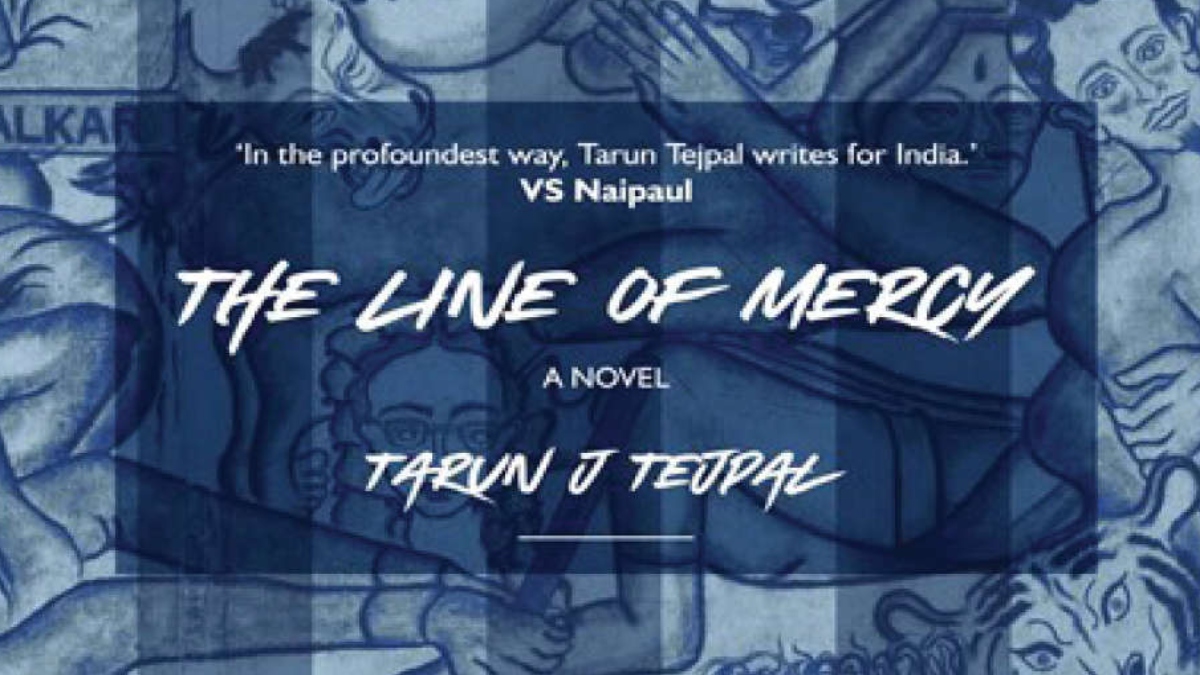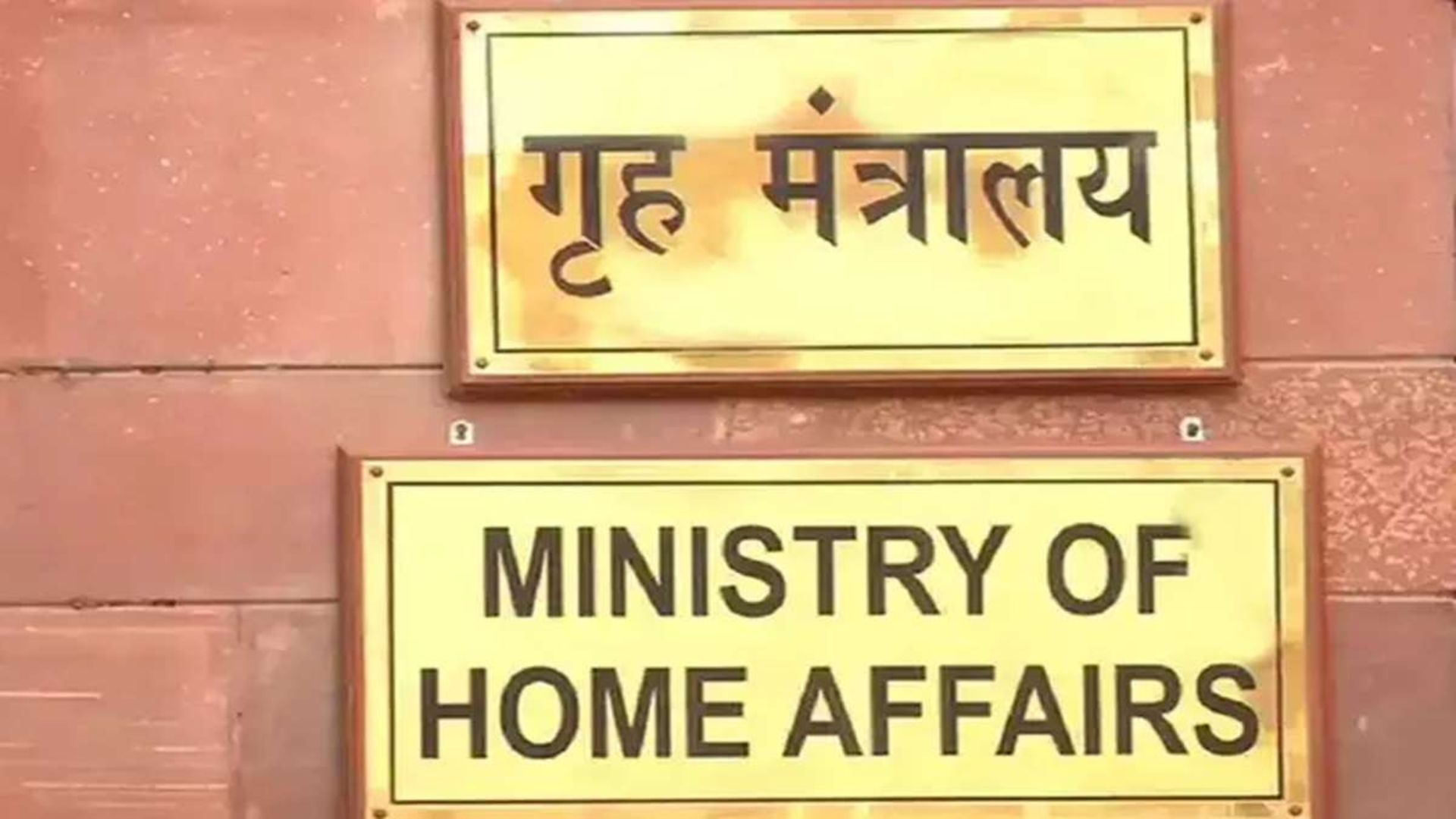
Horace, in his , writes: “We believe that Jove is in Heaven because we hear his thunders peal”, an obvious inference being that “certainties” of power begin in fear, and this terror becomes a justification for the world as it is. Assertion of power—individual or institutional—when coupled with the threat of violence, is single-mindedly directed to force compliance, rather than generate trust or respect. And against those who have fallen through the cracks of society, those who must be punished for their misdemeanours imagined or real, it becomes the whip-hand.
It is on this discomfiting premise that Tarun J. Tejpal magnificently amplifies in his recently released The Line of Mercy.
Tracking the lives of inmates in district jail, he is able to deliver a searing critique on the power-fear equation on which entire governmental and administration systems continue to be based. Characters that inhabit this space can expect no mercy, and must be made to pay, and to remember, that they are the lowest of the low, as the opening chapter of the book reminds us, “insects inside the shit of other insects”. The reduction of an individual to something less than human, so superbly presented in The Line of Mercy, is particularly reminiscent of Shalamov (Kolyma Stories) documenting not the scale of the gulag (as does Solzhenitsyn), but the existential insignificance of the inmate, made manifest in an enforced journey into debasement.
Even as the metal doors of The Line of Mercy clang behind the “condemned”, the wheels of justice start to turn. And here wheels of justice mean just one thing variously interpreted at all levels—punishment. From the intimidation of baton-wielding cops to violent bullies from within the inmates (Peter the Fist), each passing judgment and chastisement, as per their whims—for, barring brute intimidation, so customarily practised by officialdom, they have no other reference point. (“As outside the iron bars the poor and the ill-connected resigned themselves to dealing with the government’s lack of imagination….”).
Without stating it overtly even once—and the book abounds in these artfully concealed themes—it is this attribute that Tejpal deems central to the mastering of wretchedness: the individual imagination. In tracing story after story he identifies the imagination as the most important tool in the survival kit of the doomed. Those who possess it, survive, thrive, and reimagine the meaning and metaphors of their life. Those who lack it, spend their time hunting to purloin some from those who have it—Mustafa always has an audience, Babu acolytes, Bobo grand designs, Peter followers, Sparkplug lovers….And those who fail at this primal ask, become wretches, benumbed, barely able to crawl forth from day to day.
For them now remains only how to survive the system. And to wait for the miracle of a hearing, in which they may be heard.
The use of a prison as a setting is perhaps most important in that while it is real, it is also symbolic. Pushed to an extreme, the power relations are more naked, the violence more open, and the hand of fate more visible—providing a dramatic window to explore suppressed and twisted parts of our culture.
As his compelling narrative unfolds, Tejpal, more Dostoevsky (re: Notes from a Dead House) than Dickens, more Stendhal than Flaubert, more Fellini than Rossellini, goes on to peel layers revealing that while society inside the prison is crazy and oppressive, the society outside the prison is not very different. In a novel in which many characters are trapped in a literal prison, it is a neat twist that no one is truly free. Those who are not confined by the law are trapped by their personal guilts, prejudices or inflexible belief systems.
Everyone—oppressor and oppressed, witness and actor—desperately needs someone to reach out to them across the line of mercy.
Here, in another unstated, skilfully braided theme, the author suggests that whilst justice is masculine—hard, cold, even when it runs true; mercy is feminine, soft, absorptive—embracing, even if it runs flabby. Of the two, both elusive, one perhaps counts for more.
As in Shalamov, those interned are dropped into the “dungeon of despair”: “Flies all green and buzzin›/In this dungeon of despair/Prisoners grumblin’/…Fifty ugly soldier men/Holdin› spears by the iron door/…And the torture never stops/The torture never stops/…In the dungeon of despair/Who are›ll those people/That is shut away down there/Are they crazy/Are they sainted/Are they heroes someone painted/Someone painted….” (Frank Zappa, The Torture Never Stops).
While the “dungeon of despair” in The Line of Mercy is no medieval torture chamber, it is something equally gothic—as a place, and in the manner of dispensing justice. And who are these people in this dungeon of despair? “Are they heroes someone painted”?
They range from petty pilferers to kidnappers, murderers and framed innocents, each carrying his own baggage and burden. So many stories. The story of love-maddened Asambhav, the abandoned boy Godwin, the plumber Andha Kanoon, the circus performers Jogen Jabda and Atoum Bumb, Damodar Desai alias Dr Hagg, multi-murderer Bichhhoo, pimp Barretto, catamite Aslam, mad-beautiful Mustafa… And with electric detail and rare empathy, the author tracks their various paths as they become irreplaceable threads in this crowded-crazed tapestry.
Few writers of fiction from India—or elsewhere—have created more memorable, rich, varied and well-defined characters as Tejpal in The Line of Mercy. In so fecund a book, there is the one, outnumbered, only too human “Instrument of God”: the Judge, who opted for “wealthless honour”, who “believed her country was falling apart … and her duty was to be a stapler … to somehow hold the splintering pieces together…”. The space allocated to this character, the textual placement, in so vast a work, is a masterstroke. Her almost parenthetical (in the context) appearance serves to highlight even more that aching sense of the remoteness of justice.
Indeed, so well is the narrative charted, so well does one character meld into another, so intuitive is the author’s feel for language, detail, and local idiom, for that scorching insight, that Mercy pulls off the illusion of all great art—a timeless quality, a universal resonance. As the actors wait, prisoners all even if not behind any iron bars; wait hopefully, hopelessly, for some sort of deliverance; we know them to be us, our parents, our siblings, our friends, their predicaments familiar, their fate our very own.
For all the complexity and seriousness of the issues The Line of Mercy deals with, it is a very wry wit—ironic, acerbic, often laugh-out-loud—so necessary to the survival of the meanest and the most wretched, that holds the master plot together—even as a blizzard of stories dovetail into one. All the way to an inspired carnivalesque finale, to the very last words of this astonishing tour de force.
The reviewer is a Toronto-based novelist and critic. He can be reached on sidhu_amarjit@hotmail.com















